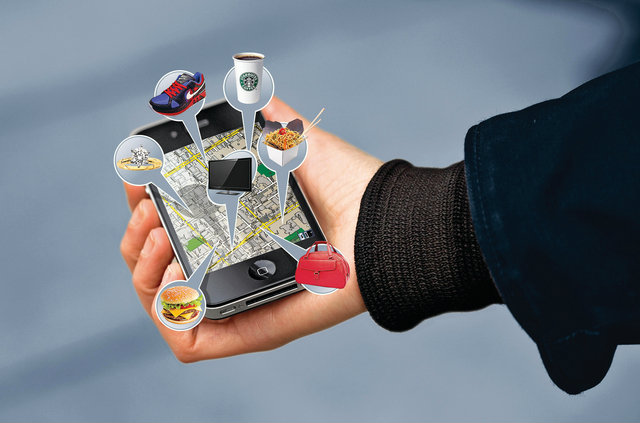
In 2015 the distinction between retailer and online retailer is destined to blur. The merging of E-Commerce and mobile technology will only speed up this process, as more and more customers turn to the web for product information and purchasing decisions. Even traditional brick-and-mortar players will feel the need to become omni-channel to offer the best retail customer experience. So let's explore the main E-Commerce trends for 2015.
If you own a retail business, you must recognize that your customers don’t live in one single channel anymore. In the Age of the Customer, we can say goodbye to the old passive consumer, and welcome the new empowered client, curious and demanding. The line between retailer and e-retailer is rapidly blurring: the first can’t rely on service level to differentiate the in-store experience anymore, the second just can’t count on price to bring people to the e-store.
Today an E-Commerce firm is not just a website, the same way a retail brand can’t be reduced to a store. To survive the challenge of a global competition, both will need a comprehensive strategy, able to unify the digital and physical world. “The times they are a-changing”, to say it with Bob Dylan. Today’s customers are not only knowledgeable about what product they want and what price they are available to pay; they also ask for compelling experiences across all channels and touchpoints, from awareness to conversion and more.
Today people shop online more than ever, and in 2015 this trend will only speed up. Knowing how markets will change and what trends will define E-Commerce in the near future is critical to retailers, online and offline.
- Omni-channel Commerce: in a mobile ecosystem brands are not confined into the four concrete walls of a store. They live online, and from there in the mind of the customer, even when they don’t adopt an e-store or a social presence. As more and more customers go online - to search and shop here and now - retailers will finally embrace the mobile shift. We are facing the dawn of click-and-mortars: hybrid shopping experience; responsive websites; one-touch mobile payments. The essence of this change is the perfect swing between real and virtual.
- Social Media Commerce: recent studies highlight the importance of mobile payments for the future of in-store purchasing, but there a second revolution ready to start. It is called social shopping. Social media already are an essential part of any content marketing strategy, and they will have an even major impact when they will integrate with eCommerce. Facebook and Twitter are beta-testing buy buttons to let users make purchases without leaving the network. Social media commerce, by its nature, is perfect to create engagement, foster loyalty, offer real time deals and product personalization, and analyze customer needs using big data and social analytics.
- Digital Customer Journey: the connection between brands and customers evolves with mobile and wearable technology. It is not a straight line, but a web structure made complex by the swift increasing of touchpoints. The journey may start online on a desktop computer, then continue on a smartwatch, in a physical store and yet again conclude on a smartphone. Where customers buy is less important to loyalty and retention than the journey map itself. Personal content is the key to stay top of mind, and proximity marketing the strategy to give them what they want, when and where they want it. iBeacon, push notifications, geofencing, right-time deals and offers, customized products: this is the essence of me-commerce.
Staying on top of fast-moving trends is just a step towards digital innovation. At the very core of this new idea of markets, we find the digital customer experience: your ability to merge physical and digital into a compelling - yet fast and easy - customer journey will decide if you will be able to connect with demanding clients and truly bring the retail experience to a whole new level.
If you want to ensure a strategic advantage to your organization, learn about the DCX 7-Steps Checklist crafted by Neosperience, with requirements and insights for a successful digital transformation.



 Your magnifing glass to deeply understand your users and increase the value of each relatonship.
Your magnifing glass to deeply understand your users and increase the value of each relatonship. Listen to the voice of your customers deeply to understand what they truly want.
Listen to the voice of your customers deeply to understand what they truly want. The Lead Generation Platform to get leads from anonymous traffic on your website.
The Lead Generation Platform to get leads from anonymous traffic on your website.  Understand the behavior of people in physical spaces and monitor safety requirements.
Understand the behavior of people in physical spaces and monitor safety requirements. The Digital Commerce Platform designed to follow the most modern technological standards..
The Digital Commerce Platform designed to follow the most modern technological standards.. The XReality platform to tell brand and product stories by connecting physical and digital worlds.
The XReality platform to tell brand and product stories by connecting physical and digital worlds. Points, rewards, levels, badges, missions: a world of nudges to nurture your customer community.
Points, rewards, levels, badges, missions: a world of nudges to nurture your customer community. Discover all the other solutions!
Discover all the other solutions!









